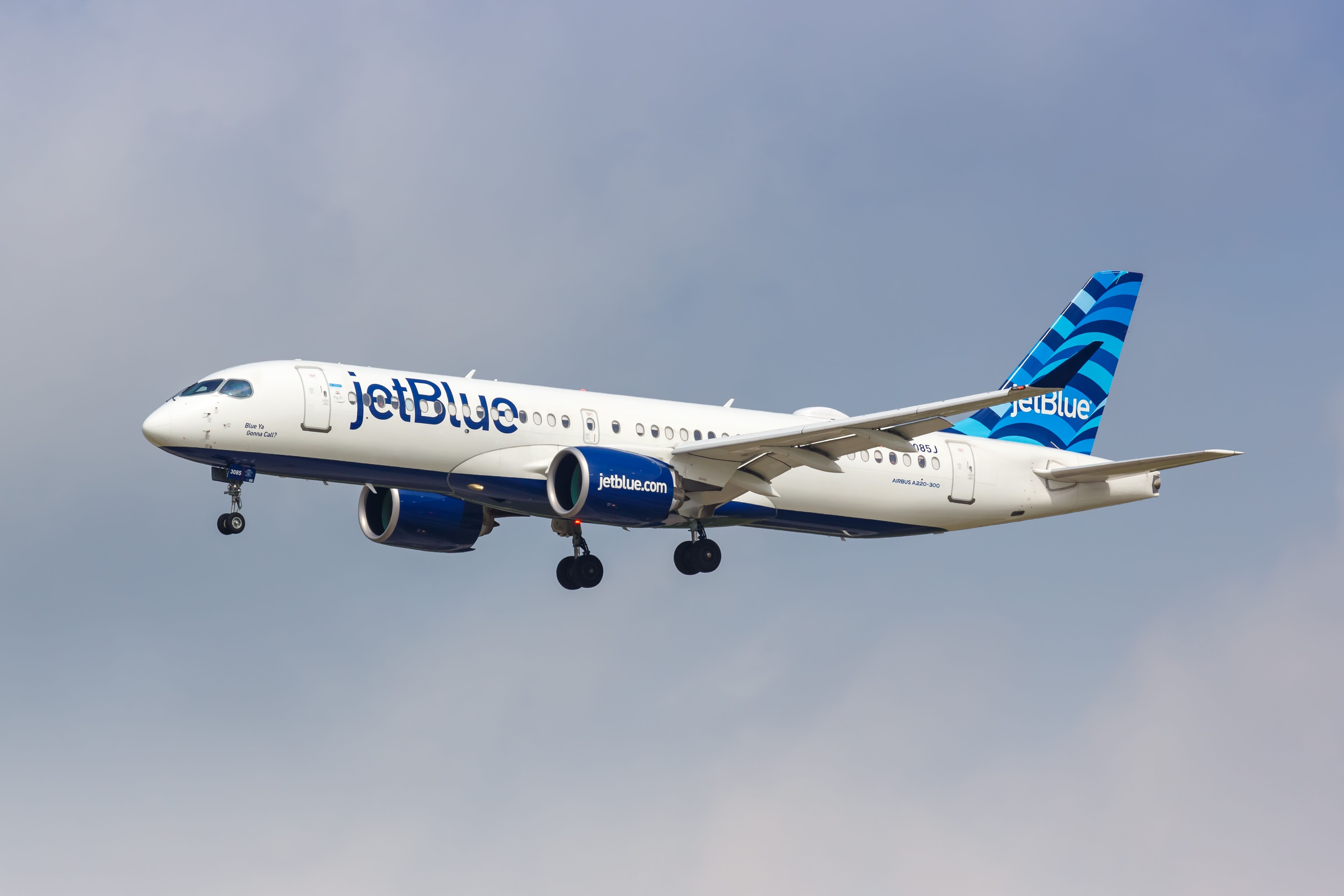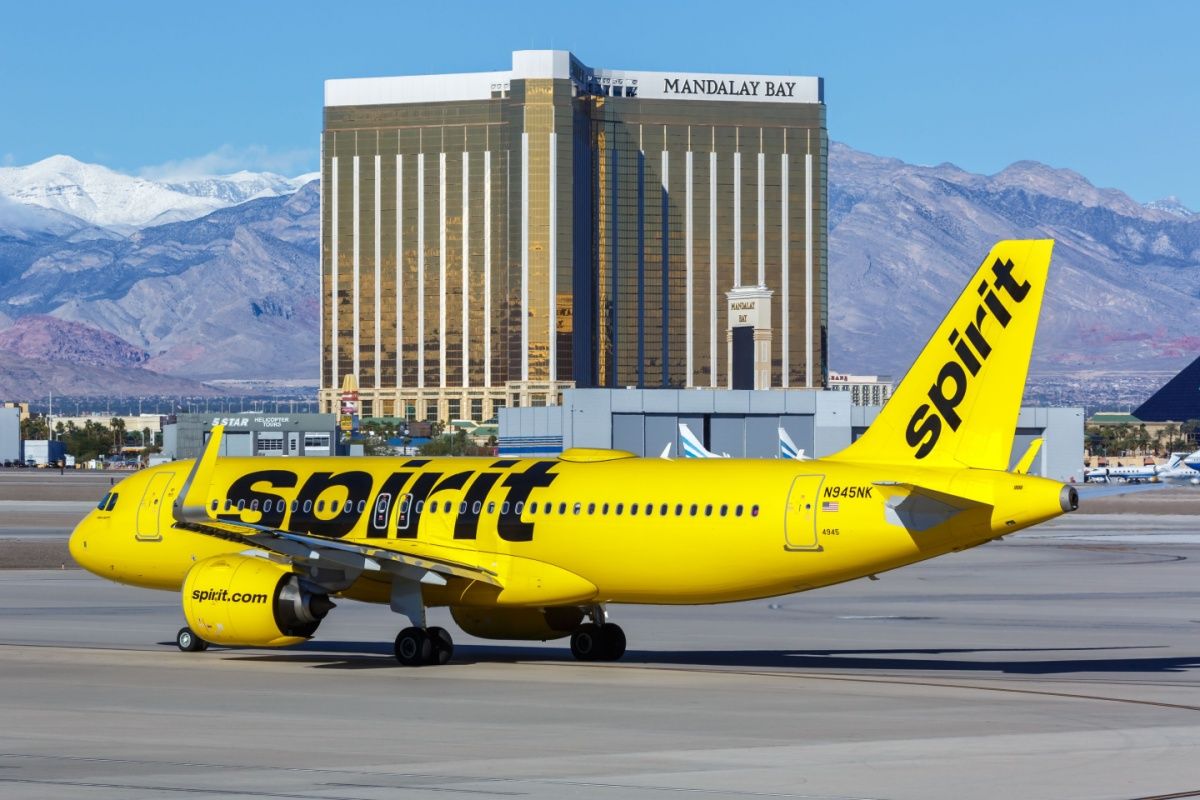Summary
- Tough Q1 for JetBlue with net loss of $716 million, driven by failed Spirit merger and rising expenses.
- Capacity to Latin America is a challenge, prompting JetBlue to withdraw from certain South American markets.
- Pratt & Whitney engine issues affecting JetBlue fleet, expecting 11 aircraft out of service and compensation talks ongoing.
JetBlue has announced its financial results for the first quarter of the year, amounting to a net loss of $716 million, primarily driven by the failed merger with Spirit Airlines.
Tough first quarter
Though the airline lost over $700,000 during this year’s first quarter, JetBlue Chief Executive Officer Joanna Geraghty said the results were better than expected. According to JetBlue’s announcement, its capacity during Q1 2024 was down 2.7% compared to 2023, leading to an operating revenue of 5.1% lower than last year. Expenses also increased by 14%, and combined with the failed Spirit merger and payout to the ultra-low-cost carrier and aircraft groundings, led to a net loss of $714,000.
A United States federal judge shut down the merger with Spirit in January. Eventually, the two airlines agreed on a payout because of the failed merger, and JetBlue was to pay $69 million. Beyond this payout, the “break-up” costs amounted to more than $530 million during Q1. During JetBlue’s investor call today, Geraghty said the Spirit transaction had been resolved and that the airline was focusing on its stand-alone plan.
Photo: Markus Mainka | Shutterstock
Rising capacity between the United States and Latin America has also proven problematic for JetBlue, as 35% of its revenue comes from the region. Since before the COVID-19 pandemic, capacity to Latin America has jumped more than 60%, leading JetBlue to reduce its fares. After analyzing its network, JetBlue decided to pull out of a few South American markets, such as Lima, Quito, and Bogotá, and focus on other profitable routes.
“As we look to the full year, significant elevated capacity in our Latin region, which represents a large portion of JetBlue’s network, will likely continue to pressure revenue and we expect a setback in our expectations for the full year. We have full confidence that continuing to take action on our refocused standalone strategy is the right path forward to ultimately return to profitability again.”
Fleet changes
As mentioned above, issues with Pratt & Whitney’s Geared Turbofan (GTF) engines continue to hurt JetBlue and several airlines worldwide. Over the course of the year, JetBlue expects 11 aircraft to be out of service continually, and this number will rise in the following years. The airline added it is still expecting compensation from the engine manufacturer but has not yet reached an agreement. Spirit Airlines recently reached a deal with the engine manufacturer and will receive a payout of $200 million.
During its investor presentation earlier, JetBlue shared its aircraft delivery numbers for the coming years. Including eight aircraft delivered during Q1, the airline expects to receive 27 Airbus planes this year: 20 A220s (used to replace the Embraer E190s) and seven A321neos. Below is the complete breakdown of expected deliveries in coming years:
- 2024 – 27
- 2025 – 25
- 2026 – 24
- 2027 – 14
The airline also revealed that replacing its E190s with A220s is expected to generate nearly $100 million in savings in 2024. JetBlue had previously estimated a savings of $75 million, but that has now increased, thanks to the improved economics and lower maintenance costs of the Airbus planes.




